Laura Bliss felt her share of anticipatory angst while she was waiting for her Knight Science Journalism Fellowship to begin. Selected in the spring of 2020 — just before the Covid-19 pandemic forced the fellowship program into a hiatus — the Bloomberg CityLab reporter had to endure a two-year wait before finally making the move to MIT.
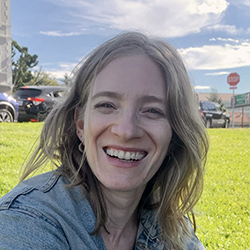
That wait, she says, has made the fellowship experience that much sweeter. “I’ve tried to savor it like a piece of perfectly ripe fruit.”
Since arriving in Cambridge last fall, Bliss has been busy — discovering new scientific interests, immersing herself in research on invasive species, and even delivering a lecture at the historic Boston Public Library. Along the way, she’s formed new friends and found new perspective on her career.
KSJ recently interviewed Bliss about her fellowship experience and how it has helped her grow as a journalist. The interview has been lightly edited for length and clarity.
KSJ@MIT: You were named a Knight Science Journalism Fellow in the spring of 2020, but then, because of the Covid pandemic, you had to wait until the fall of 2022 to begin your fellowship. What was that wait like for you?
Laura Bliss: For me, in the scheme of things the pandemic disrupted, the wait for the fellowship was easy. Especially since the fellowship was never canceled, it was just delayed. It actually gave me something to look forward to during those long, uncertain months of lockdown and working from home: There was this gift of an experience waiting on the other side.
In the meantime, plenty of other stuff was going on. As part of my job at Bloomberg CityLab, I was busy reporting and editing stories about cities and the environment. I spent a week in Nevada following the epic 2020 ballot count as part of Bloomberg’s election team. I edited “The Quarantine Atlas,” a book of maps and essays about how Covid reshaped cities around the world. I reported and hosted a podcast called “Bedrock, USA,” which last month was nominated for a Webby Award. And two weeks before moving to Cambridge, I married my wonderful partner Alex (who accompanied me here and has had an absolute blast).
KSJ: As a fellow, you have a chance to explore a variety of topics by auditing classes at MIT and Harvard. Are there topics you weren’t reporting on before the fellowship that you’ve taken an interest in since coming to Cambridge?
LB: One of the best parts of this experience has been the time and support to follow my curiosity. That has absolutely led me to topics I wasn’t previously reporting on or thinking about. For example, last fall I followed [KSJ Fellow] Mary-Rose Abraham into an intriguing-sounding class at Harvard called “Animals in History.” Taught by the historian of science Janet Browne — who is as lovely and personable as she is brilliant and accomplished, who brought cookies to every class and is sadly retiring this year — the course surveyed how animals have been treated and imagined within (mostly) Western cultural traditions. We covered animals at zoos, animals in the lab, animals as companions, animals as nationalistic symbols, animals as characters in books and film, animals and the law. We explored fascinating linkages to histories of race and gender. My takeaway: Beliefs about animals have long been shaped by beliefs about other humans. Stumbling into that class actually proved formative to my research project.
I find the boll weevil fascinating as a story about the lengths we’ve gone as a country to control the natural environment in the name of profit, even as we’ve knowingly exacerbated environmental problems.
KSJ: Speaking of research projects, can you tell us about the project you’ve been working on this year?
LB: My project examines the cultural history of invasive species in the United States. This semester, I’ve been mainly focused on one in particular: the boll weevil. Native to Central America and Mexico, the boll weevil migrated into Texas in the 1890s and proceeded to eat its way up the entire Cotton Belt. This bug sent shockwaves through the South’s economy and culture that lasted for decades and in some ways are still unfolding. I find the boll weevil fascinating as a story about the lengths we’ve gone as a country to control the natural environment in the name of profit, even as we’ve knowingly exacerbated environmental problems. A more specific fun fact: Delta Airlines got its start in the aerial crop-dusting business, dumping tons of calcium arsenate on weevil-infested cotton fields in the 1920s. (This worked out well for Delta. The boll weevil kept rampaging.)
I’ll add that I changed project topics about nine times in the first few months of the fellowship. That’s a slight exaggeration, but only slight. Future fellows, don’t be afraid of letting curiosity be your guide!
KSJ: As you look back on your fellowship year so far, what are some of the highlights?
LB: There are so many. In March, I got to give a public talk about my book, “The Quarantine Atlas,” at the Boston Public Library. The writer Garnette Cadogan and artist Rajiv Raman then joined me for a panel discussion, and the audience asked great questions. A big group of friends came out in support, including my best friend who was visiting at the time, and we all went out for drinks afterwards. That night was so special. I also really enjoyed teaching a class during [MIT’s Independent Activities Period]. It was a three-day crash course about reporting on cities that brought together a super cool group of students from the urban planning and design programs at MIT and Harvard. They challenged me to think about journalism in new ways.
But the biggest highlight has been all the time spent with my cohort. First of all, we’ve become friends and hung out a lot outside of fellowship activities. Then there’s everything else. We were inspired week after week by seminars with writers, scientists, and academics. We learned new tips and tricks from brilliant journalists and practitioners like Duy Linh Tu and Ibby Caputo. We traveled together, including to Costa Rica, which was basically eight days of wildlife-sighting with a group of lovable nature dorks. What could be better? We even got to be here during KSJ’s 40th anniversary celebration. It was amazing to meet past generations of alums and hear how KSJ launched them on new paths. That helped me realize that while the fellowship might only last 10 months, its positive effects can ripple out for much longer.
It’s been a “fellowship” in the true sense of the word: an experience made and shared by peers and mentors.
KSJ: Do you feel this year at KSJ has helped you grow as a journalist?
LB: Absolutely. My path into journalism wasn’t the most traditional. I wasn’t the editor of my college newspaper, didn’t go to J-school, wasn’t born with a reporter’s notebook in hand. So even after almost a decade of working in big newsrooms like Bloomberg and the Atlantic, I always felt a bit of imposter syndrome. But this year — surrounded by my talented fellow fellows, the KSJ staff, and all the professors, writers, classmates, and other folks I’ve gotten to know — has been immensely validating. It made me think about my future in this business in a more expansive way. I feel part of a community of people working towards a common goal, friends I can call and lean on and to whom I can lend support. It’s been a “fellowship” in the true sense of the word: an experience made and shared by peers and mentors.
I wish I could stay forever, but I’m also excited to get back out there with new ideas and energy.

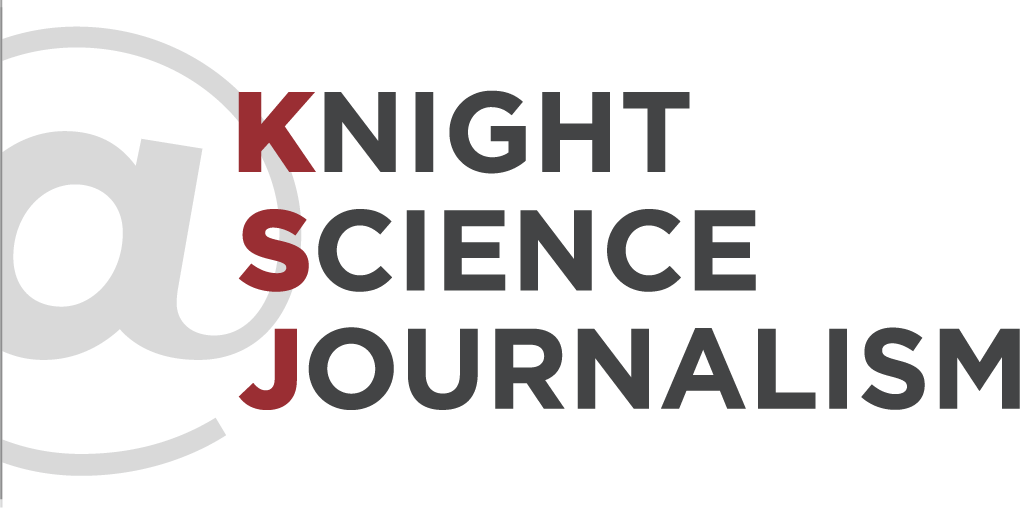
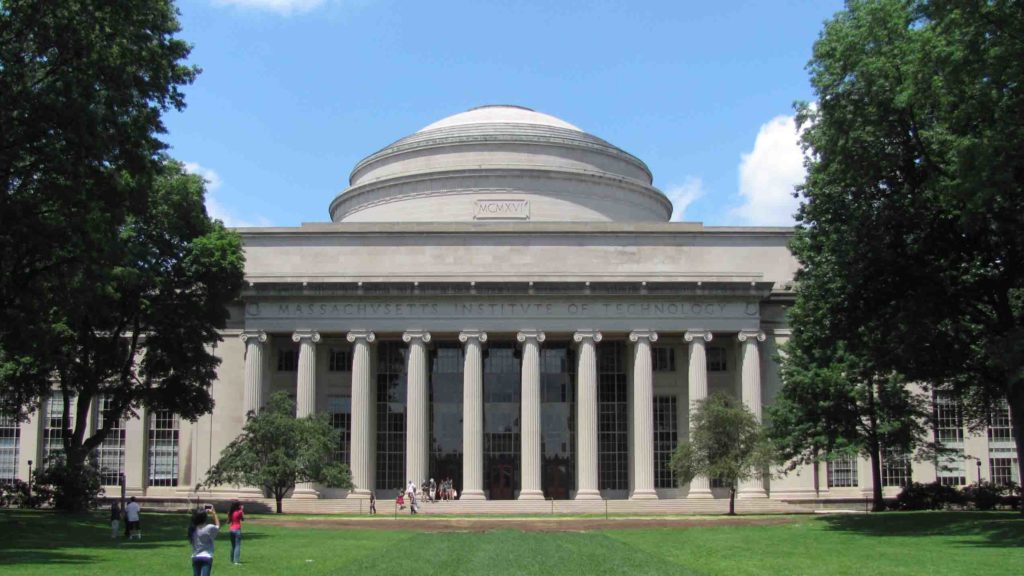
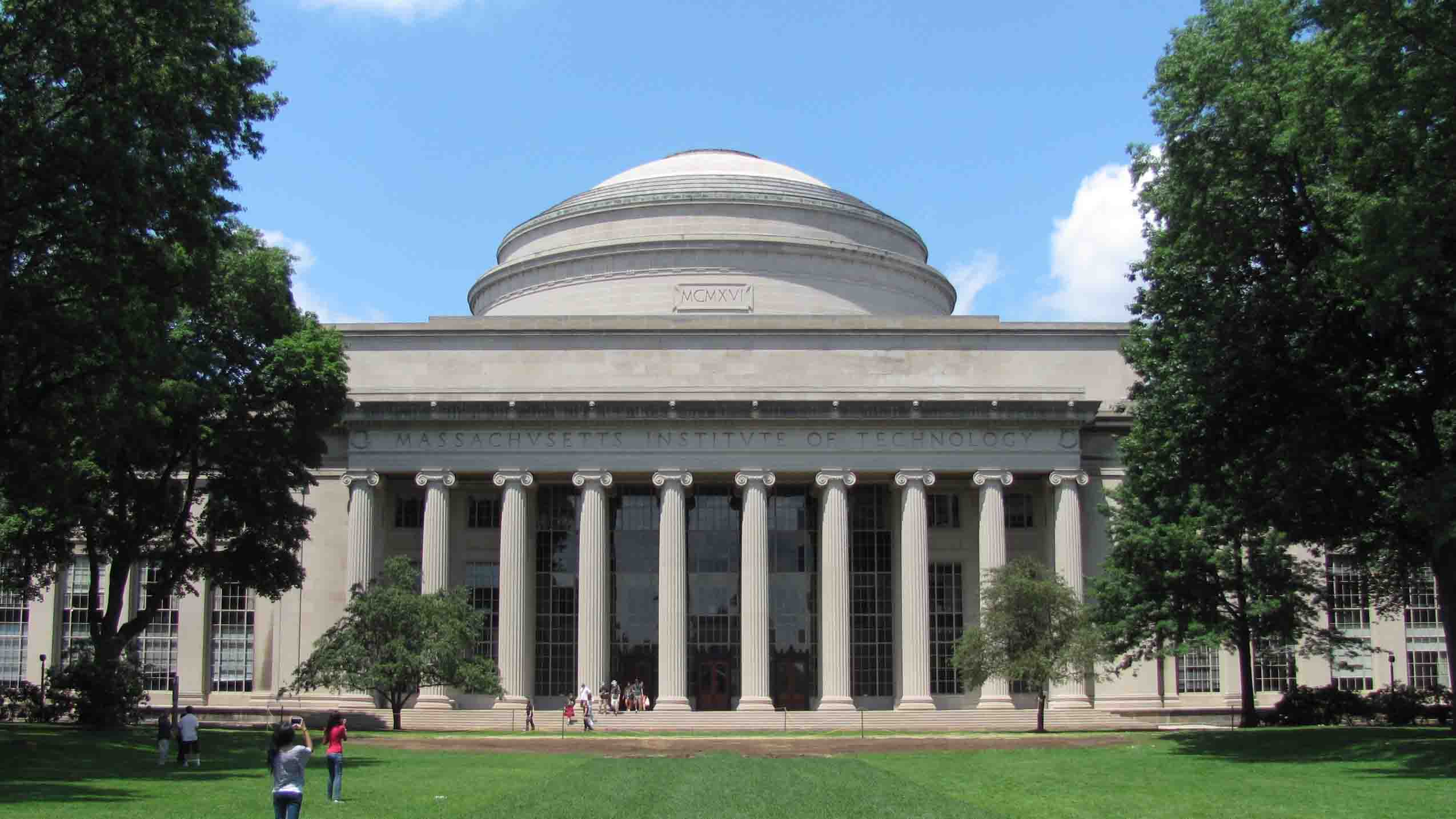
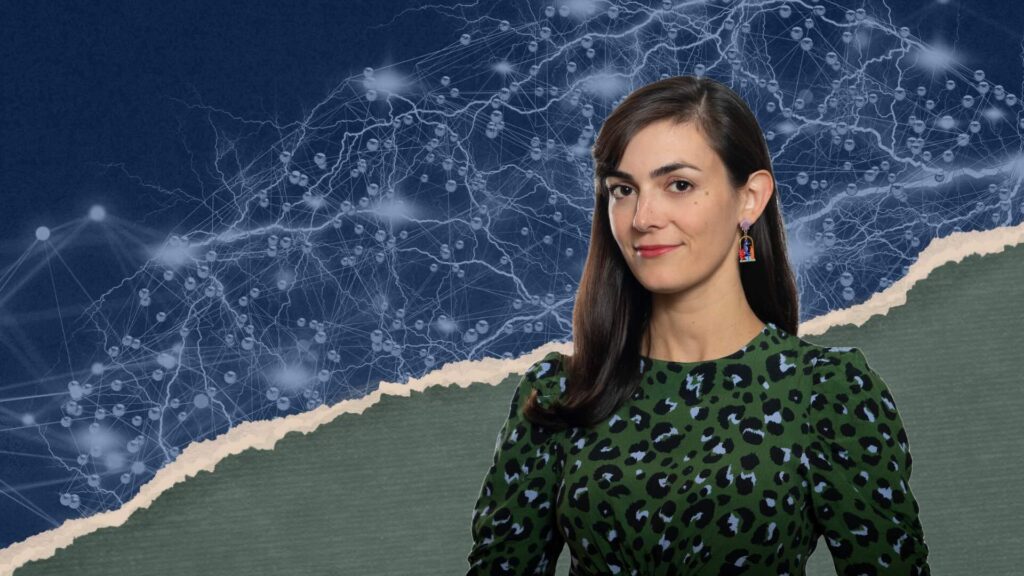
Leave a Reply